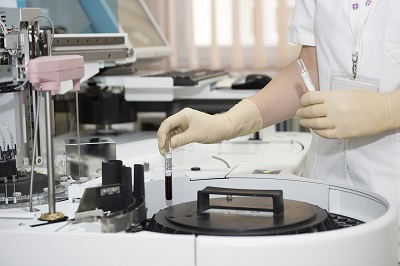What is the process, required documents, and considerations for CDSCO registration of Class D medical devices?
Release time:2024-08-30 10:55:26
The author:
source:
Compile Documents: Gather all necessary documents and information required for the application. This includes technical, clinical, and manufacturing details.
Process, Required Documents, and Considerations for CDSCO Registration of Class D Medical Devices
1. Process:
Step 1: Prepare Documentation
- Compile Documents: Gather all necessary documents and information required for the application. This includes technical, clinical, and manufacturing details.
Step 2: Register on SUGAM Portal
- Create Account: Register on the CDSCO SUGAM portal (https://sugam.cdsco.gov.in) to access the application system.
Step 3: Complete Application Forms
- Fill Forms: Complete the online application forms available on the SUGAM portal. Provide detailed information about the device, its intended use, and manufacturing processes.
Step 4: Upload Documents
- Submit Documentation: Upload all required documents including clinical data, device descriptions, and quality management system certifications.
Step 5: Pay Fees
- Online Payment: Pay the applicable registration fees through the SUGAM portal. Fees vary based on the device classification and specific requirements.
Step 6: Application Review
- Document Review: CDSCO will review the submitted documents. This may include requests for additional information or clarification.
Step 7: Site Inspection (if applicable)
- Inspection: For high-risk devices, CDSCO may conduct an inspection of the manufacturing facility to ensure compliance with Good Manufacturing Practices (GMP).
Step 8: Approval and Registration
- Issuance of Certificate: After successful review and inspection, CDSCO will issue a registration certificate, allowing the device to be marketed in India.
2. Required Documents:
a. Device Information:
- Device Description: Detailed description, including the design, technology, and intended use.
- Clinical Evaluation Report: Clinical data demonstrating the safety and efficacy of the device.
b. Manufacturing Information:
- Manufacturing Site Details: Information about the manufacturing facility, including location, processes, and GMP compliance.
- Quality Management System Certificate: ISO 13485 or equivalent certification for manufacturing quality.
c. Labeling and Instructions for Use:
- Product Labels: Labels with product name, manufacturer details, and usage instructions.
- Instructions for Use (IFU): Detailed instructions for the safe and effective use of the device.
d. Technical Documentation:
- Device Master File: Comprehensive technical file including design specifications, manufacturing processes, and risk management.
- Safety and Performance Data: Data supporting the device’s safety and performance claims.
e. Additional Documentation (if applicable):
- Import License: If the device is imported, an import license may be required.
- Ethics Committee Approval: For clinical trials, approval from an ethics committee may be needed.
3. Considerations:
a. Regulatory Compliance:
- Ensure adherence to all relevant regulations under the Drugs and Cosmetics Act and Rules. Compliance with Indian standards is crucial for successful registration.
b. Documentation Accuracy:
- Ensure all submitted documents are complete and accurate to avoid delays in the application process.
c. Professional Assistance:
- Consider consulting with regulatory affairs experts or legal advisors to navigate complex requirements and ensure a smooth registration process.
d. Application Timeline:
- Be aware of the typical timeline for registration, which can range from 6 to 12 months, depending on various factors such as the complexity of the device and the completeness of the submission.
e. Post-Approval Obligations:
- Adhere to post-market surveillance requirements, including adverse event reporting and maintaining compliance with Indian regulations.

Contact Us:
Whatsapp or Wechat:+86 15816864648;email address:hito.lin@grzan.cn
.png)
.jpg)
.png)

.png)